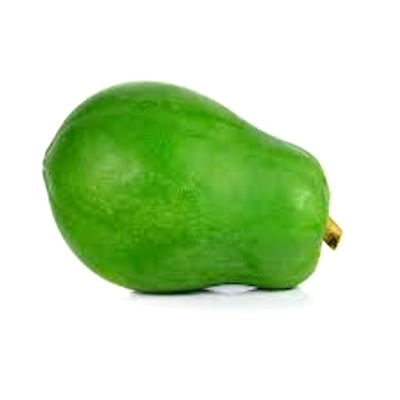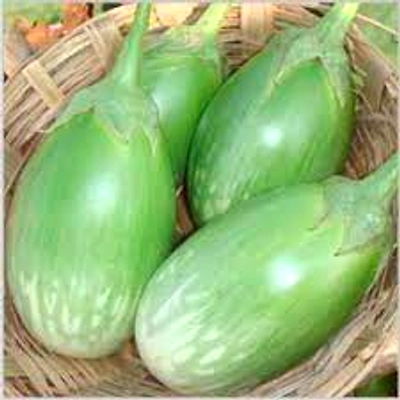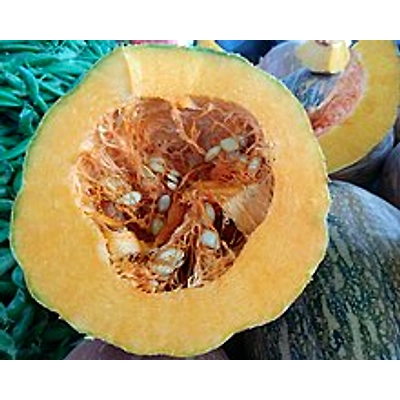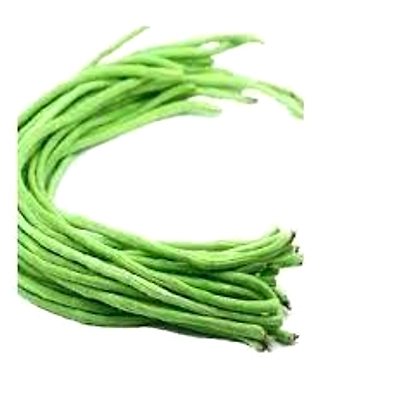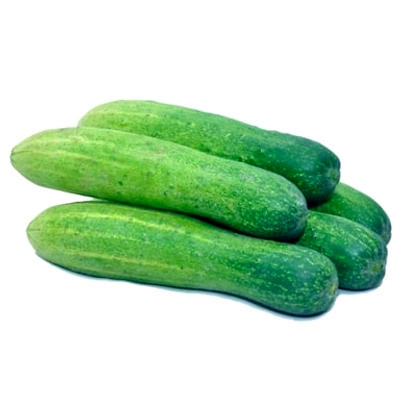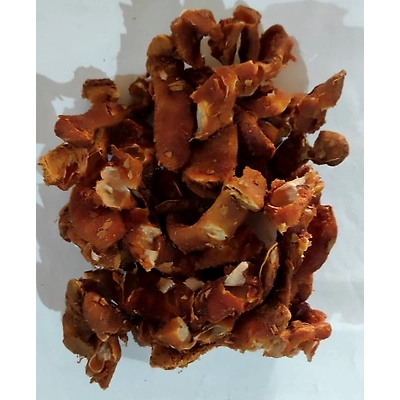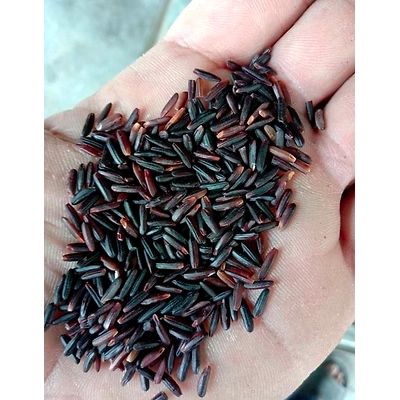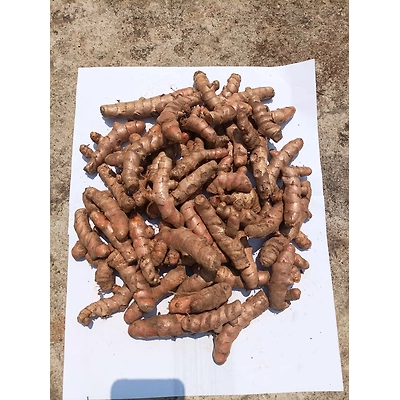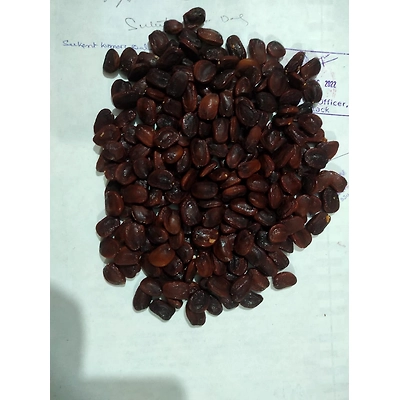KANDHMAL TURMERIC
FULLY ORGANIC WITH MUCH MORE MEDICINAL VALUES WORLD MOST NUMBER ONE VALUED PRODUCT
ODISHA KORAPUT GINGER
FULLY ORGANIC WITH MUCH MORE MEDICINAL VALUES OF WORLD MOST NUMBER ONE VALUED PRODUCT.
WILL BE SHIPPED BOTH BY AIR AND SEA
BASMATI RICE
Basmati rice is a variety of long-grain, aromatic rice originating from the Indian subcontinent, primarily cultivated in regions of India and Pakistan. Renowned for its distinctive fragrance and delicate flavor, the name "basmati" translates to "queen of fragrance" in Hindi, derived from the Sanskrit words 'vas' meaning fragrance and 'mati' meaning present or ingrained.
EN.WIKIPEDIA.ORG
Characteristics:
Grain Structure: Basmati grains are notably longer than they are wide, and they elongate further during cooking. This results in a light, fluffy texture where the grains remain separate.
EN.WIKIPEDIA.ORG
Aroma and Flavor: The rice emits a unique, nutty aroma reminiscent of popcorn, adding a distinctive flavor to dishes
SEEDLESS ORGANIC TAMARIND
Tamarind is a tropical fruit that comes from the tamarind tree (*Tamarindus indica*), which is native to Africa but is now widely grown in many parts of the world, including Asia, Latin America, and the Caribbean. The fruit is encased in a brown, pod-like shell, and inside, it contains a sticky, tangy pulp surrounding seeds.
The pulp has a unique sweet-sour taste, making it popular in cooking, especially in savory dishes, chutneys, sauces, and beverages. It's used in cuisines like Indian, Thai, Mexican, and Middle Eastern. Tamarind is also an ingredient in Worcestershire sauce.
In addition to its culinary uses, tamarind has medicinal properties. It has been used in traditional medicine for its digestive, anti-inflammatory, and antioxidant benefits. The fruit is rich in vitamins, minerals, and fiber, contributing to its health benefits, which include aiding digestion, reducing inflammation, and supporting heart health.
Tamarind can also be used in cosmetics and household products due to its natural acids, which have exfoliating and cleaning properties.
ORGANIC BLACK RICE
Organic black rice, often referred to as "forbidden rice," is a type of whole grain rice that is rich in nutrients and has a distinct black color, which comes from its high anthocyanin content—an antioxidant that gives it health benefits, including anti-inflammatory properties. This rice is typically unpolished, retaining its bran layer, which enhances its nutritional profile.
Nutritional Benefits:
High in fiber, promoting digestive health.
Rich in antioxidants, which help combat oxidative stress.
Contains essential vitamins and minerals, such as iron, vitamin E, and various B vitamins.
May help reduce the risk of chronic diseases, including heart disease and diabetes.
Culinary Uses:
Offers a nutty flavor and chewy texture, making it versatile for various dishes including salads, stir-fries, and desserts.
Can be used as a base for grain bowls or paired with vegetables and proteins.
Sustainability:
Being organic, it is grown without synthetic pesticides or fertilizers, making it a more environmentally friendly option compared to conventional rice.
Cultural Significance:
Historically, black rice was considered a delicacy in ancient China and was reserved for royalty, hence the name "forbidden rice."
Overall, organic black rice is not only a nutritious food choice but also a unique ingredient that adds color and flavor to culinary creations.
ODISHA ROMA TURMERIC
Organic turmeric is a popular spice that comes from the root of the Curcuma longa plant, known for its vibrant yellow color and earthy, slightly bitter flavor. It has been used for centuries in traditional medicine, particularly in Ayurvedic and Chinese practices, due to its active compound, curcumin, which is believed to have anti-inflammatory, antioxidant, and potential anti-cancer properties.
When labeled "organic," it means the turmeric is grown without the use of synthetic pesticides, fertilizers, or genetically modified organisms (GMOs), adhering to organic farming practices that focus on sustainability and environmental health.
Organic turmeric is often used in cooking (especially in curries, soups, and stews), as a supplement for its health benefits, or in DIY skincare products due to its reputed ability to brighten skin and reduce acne inflammation.
CORN
Maize, also known as corn in many parts of the world, is a cereal grain first domesticated by indigenous peoples in southern Mexico about 10,000 years ago. It’s a staple crop in many countries and is incredibly versatile—used for food, animal feed, biofuel, and even industrial products.
ORGANIC NOP TAMARIND SEEDS
Tamarind seeds are the hard, brown seeds found inside the tamarind fruit, which comes from the tamarind tree (Tamarindus indica). They are commonly found in tropical regions and are used in various culinary and traditional applications.
Uses of Tamarind Seeds:
Culinary Uses:
Thickening Agent: The seeds are ground into a powder and used as a thickening agent in soups, stews, and curries.
Flavoring: In some cultures, the seeds are roasted and used as a flavor enhancer.
Traditional Medicine:
Digestive Aid: In Ayurveda and traditional medicine, tamarind seeds are used for their potential digestive benefits.
Antioxidant Properties: They contain compounds with antioxidant properties, which may help in reducing inflammation.
Industrial Uses:
Oil Extraction: The seeds are pressed to extract tamarind seed oil, which is used in cosmetics and soaps.
Biodegradable Products: The seed extract is sometimes used in biodegradable products and as a natural binder in industries.
Agricultural Use:
Fertilizer: The powdered seeds are sometimes used as a natural fertilizer due to their nutrient content.


